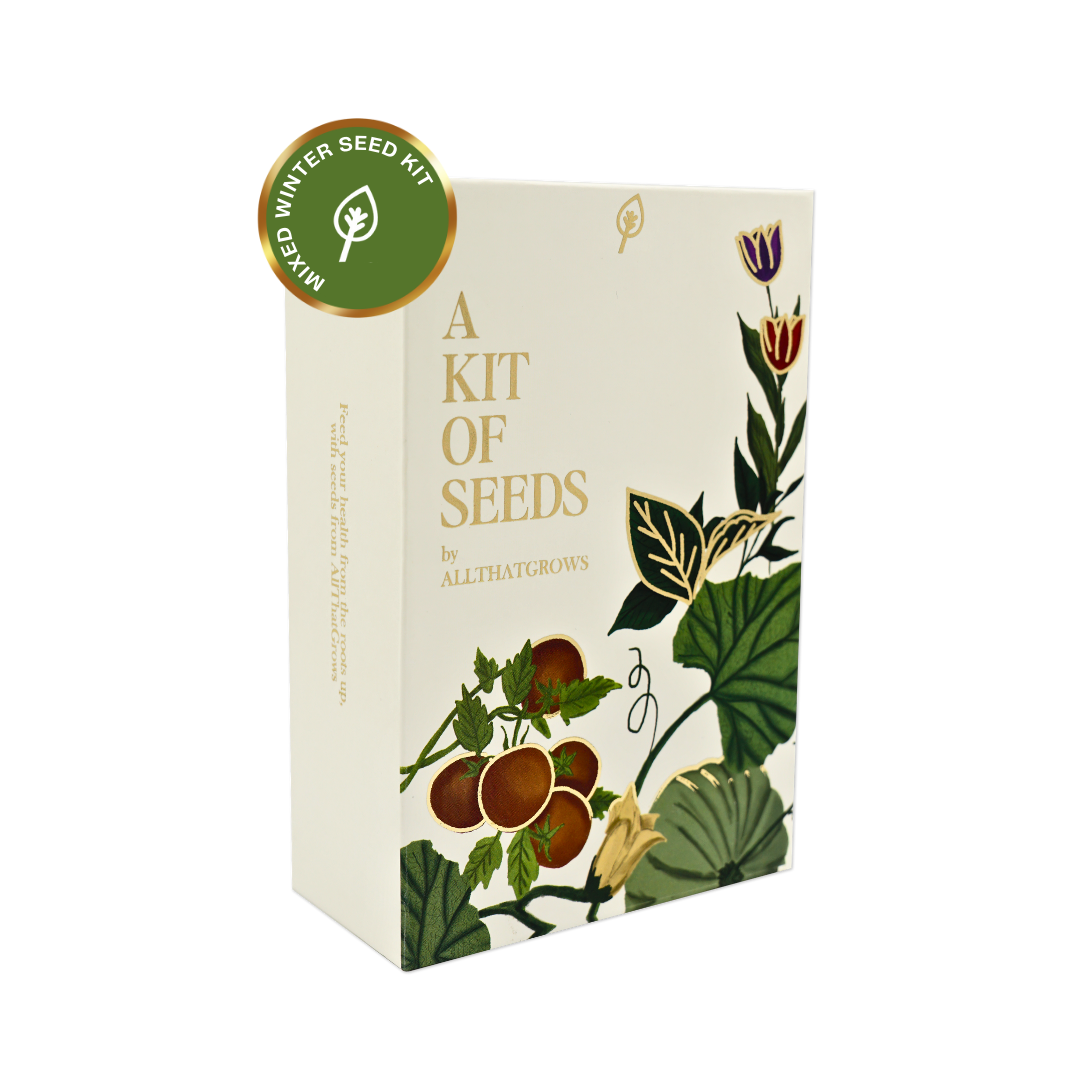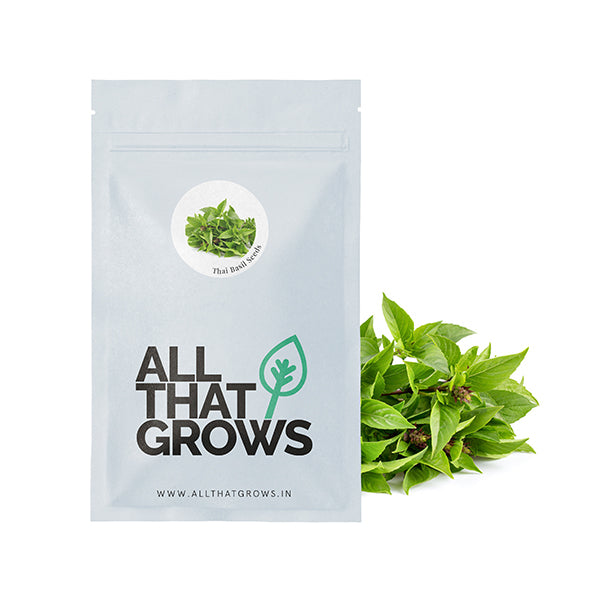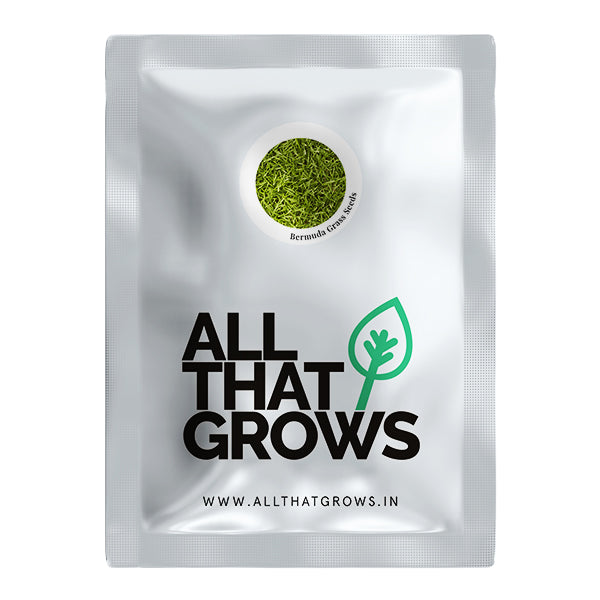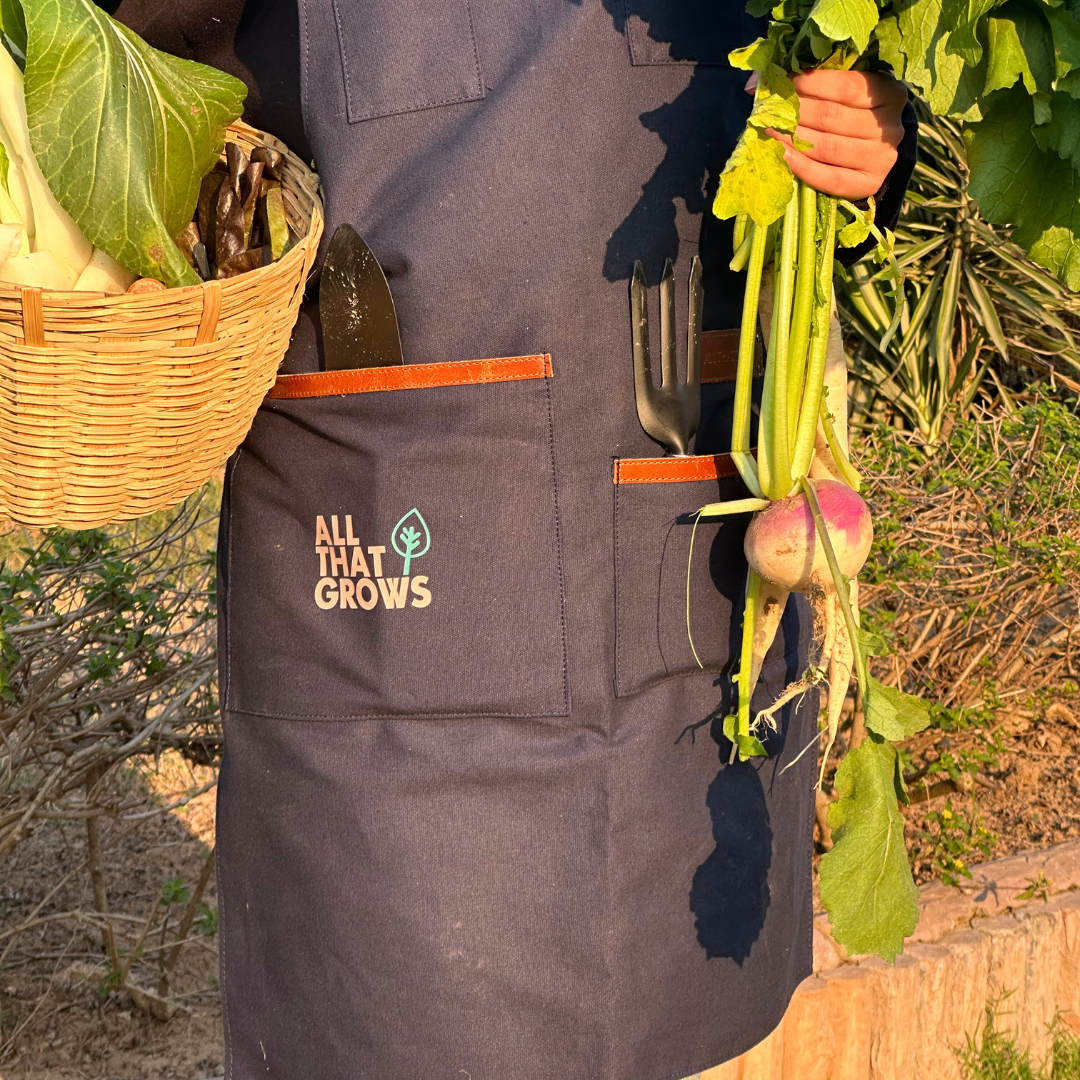- Details
- How to sow
- Reviews
The purple variety of kohlrabi is known as Purple Vienna. This variant is as healthful as the more popular and widely available green kohlrabi. One must note that the presence of purple colour proves to be even more beneficial. The bright purple hue is because of the presence of the anthocyanins. The bulbous vegetable is available around the spring season and is succulent with a sweet taste. Though less common, anthocyabnins the colored pigment lends the kohlrabi anti-cancer properties along with other health benefits. Comprising Vitamin C, magnesium, potassium, calcium, copper, and a high fibre content, kohlrabi is a super food that should be included more often in one's diet.
Because of the presence of these nutrients and minerals, kohlrabi boosts immunity, aids in maintaining a healthy circulatory system while stabilizing blood pressure and blood sugar levels. It also has a soothing effect on the digestive system and results in smoother bowel movements. Kohlrabi can be consumed in a variety of ways. Cook it as a curry with choice vegetables, eat it raw in salads, stir-fry for side dishes, or simply steam, blanch, braise, roast or grill for any new experimental recipe!
Have your portion of kohlrabi as you like, but make sure to include it somehow and not to miss on the amazing benefits of this veggie.
Planting instructions
For a spring crop, sow seeds directly 4 to 6 weeks before winter ends
Plant 10 seeds per ft at ¼ inch deep
For transplanting the seedlings should be around 4 inches tall and planted 5 inches apart in rows 1 ft wide.
Keep plants well watered and free of weeds.
Work carefully to prevent damaging the delicate, shallow roots.
Growing Requirements
watering
Keep soil evenly moist. Kohlrabi that goes without water becomes woody.
pests
The pests that attack this crop include Cutworms, Cabbage loopers, Imported cabbage worms. The above mentioned pests feed on the underside of leaves, leaving ragged holes sometimes. They suck fluids from the plant leaving a honeydew substance behind, causing them to either die or become dwarfed when young or defoliated if mature.
soil
Kohlrabi should be planted in well-tilled soil enriched with compost with pH between 6.5 and 6.8.
spot
It needs at least 6 hours of full sun each day; more the better.
temperature
Kohlrabi grows best in cool temperatures ranging from 4 -23°C [40°F and 75°F].
how to harvest
Harvest kohlrabi stems when they are new and tender, usually about 2 1/2 to 4 inches in diameter.
Harvest by cutting them from the root of the plant.
You can snip the leaves from the stem and save them to cook separately.
Kohlrabi can be kept for 2 to 3 weeks in the fridge.

The productiveness of any seed we sell is subject to your local climatic conditions*, the sowing method you adopt, and your commitment to the planting process. We give no warranty, expressed or implied, and are in no way responsible for the produce.
Please note that all our seasonal recommendations/ sowing information is as per the local climatic conditions. *For more information on the optimum conditions required for growing seeds in your region, please contact us at, hello@allthatgrows.in or Whatsapp us at, +91 8544865077
Questions & Answers
Have a Question?
Be the first to ask a question about this.


















